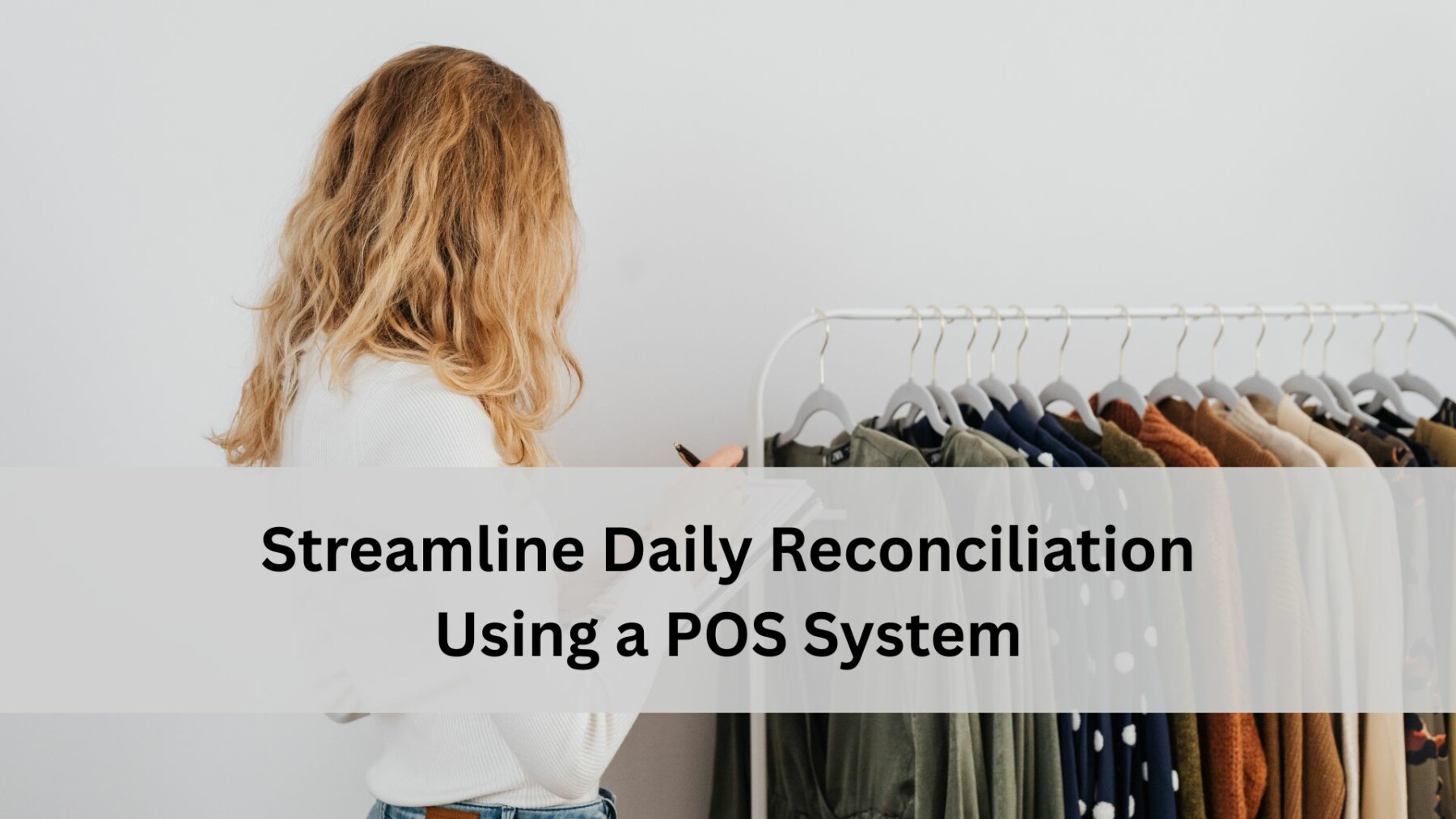Reconciling one’s accounts is an effective way to generate an updated overview of the current financial standing of the business. The term “reconciling” refers to the process of proving or verifying the balance of a particular account. This includes going through the books, documenting previous transactions and making adjustments to reflect an updated, final figure.
This process can also be applied to retail stores (also known as cash reconciliation or daily reconciliation). In such cases, reconciling is done at the end of the business day, or in between shifts- when clerks switch out at the cash register.
It is important to consider that cash reconciliation and bank reconciliation are not the same. The latter involves making sure that the bank’s period-end account statement matches one’s personal records.
Benefits of Account Reconciliation
Habitually performing account reconciliation can be advantageous for businesses. Small establishments without access to large amounts of capital can keep their cash flow and burn rates (for startups) in check by keeping a close eye on their balances.
Because spending and earnings change constantly, it is essential to maintain awareness through persistent observance of financial positions.
“Having a solid bank reconciliation process in place, and keeping good bank reconciliation records, is also important for a small business in its relationship with lenders and investors,” said Jack Maverick from Investopedia.
POS and Daily Reconciliation
In order to reconcile an account properly, you need accurate numbers. If you’re working with erroneous data, it would be impossible to generate correct balances. Businesses that reconcile frequently often refer to previously reconciled figures during reporting or forecasting.
In the long-term, if one is not careful, a small mistake in calculation or documentation can easily lead to major blunders.
Businesses that perform daily reconciliation may use Point-of-Sale (POS) systems to streamline burdensome tallying processes. Furthermore, POS integration with sales and payments could generate unbiased data that is irrefutable.
This is extremely helpful for businesses that are looking for new ways to curtail employee theft. Some POS platforms offer seamless import features that allow businesses to upload files, which automatically updates the reconcile program in the system. This removes the need to manually enter data into the system and perform meticulous computations.
As mentioned earlier, human error is the enemy of daily reconciliation. Manually correcting mistakes using erasers or whiteout is time-consuming and messy. In some cases, too many corrections may force some individuals to re-write the entire report.
By digitalizing the entire reconciliation process using a mobile POS system, data stays consistent and making adjustments can be done instantly by editing an entry in the spreadsheet. Since all of the information is stored in a cloud or server, one could retrieve historical data with just a few clicks.
How eHopper Can Help
With POS systems, businesses can ease arduous processes related to daily reconciliation. Automated bank reconciliation using a POS could help individuals take control of their busy schedules and address bank errors that may arise from oversight.
Implementing eHopper’s POS platform is a reliable way to track sales, inventory, customer reward programs and transactional data. Get started with eHopper today!
